Disappearing algae ?
Less and less algae seem to cover the foreshores. Data from the Brown Algae and Periwinkles protocol could allow us to verify this decrease and to understand the causes.
A visible decline
For the last twenty years, without scientists really knowing why, the amount of brown algae seems to be decreasing on some places. This translates into a change in the coverage of algae on the rocks (height and abundance of algal masses), but also by a change in the species present. The brown algae we study may be replaced by oysters, mussels, or limpets. These changes alter the amount of resources available to the gastropod communities and thus may also decrease the amount of gastropods.
A need for observations to understand
Several factors can explain this disappearance of brown algae:
- climate change,
- the increasing number of visitors on the seashore,
- pollution,
- invasive exotic species that prevent the development of brown seaweed,
- the proliferation of certain predators, such as limpets, to the point of limiting the development of brown algae.
So many questions that scientists will try to understand thanks to your observations! For the moment, their main hypothesis is that this decrease of algae is not linked to a single factor but that several of these factors act together.

